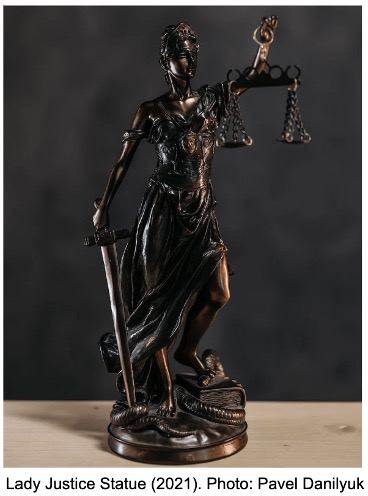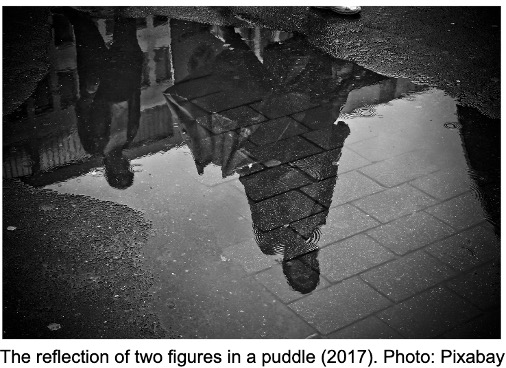On one miserable afternoon in 1937, inconceivable loss haunted the Chester family.
In the Sydney suburb of Waverley, 7-year-old Max Chester and his two older siblings emerged from their new home on Allens Parade. The previous two days had been consumed by dark skies and relentless rain. The rhythm of pelting water reverberated through the Chester’s home, each child eager to absorb the surroundings of their new street.
On the following afternoon at dawn, the sky appeared less malevolent, beginning to shift any cloud or sign of misfortune from sight. With more to investigate and more mischief to create, the three children ventured out onto the damp asphalt.
It is unknown how the three siblings became separated.
It was suspected that the older two were more preoccupied with their own pursuits than with the supervision of their younger brother. Mrs Chester became anxious when she learned that her son was missing.
Her fear increased when the neighbourhood search was unsuccessful and the darker shades of night appeared.
Neighbours had seen children playing around a ditch at the end of the street. The Council had abandoned this trench, allowing the week’s rain to rest in the 8-foot-deep black hole.
The search team quickly diverted its attention to the body of muddy water with a devastating result. Max Chester’s cold, limp body lay in the trench. Local surf lifesavers tried to resuscitate him but all efforts failed.
Seeing her youngest child dead, Mrs Chester was overcome with nervous shock and was subsequently diagnosed with post-traumatic-stress disorder.
But her psychiatric illness wasn’t the only new challenge in the Chester home. The law was waiting for them at the door.
As a Law student at the University of Sydney, I have been exposed to countless judgments. In my first year, the most interesting case I was required to read was the 1939 case of Chester v Waverley Municipal Council.
Many of the cases I have read for my degree were verbose, complicated and seemingly difficult. While it is challenging to read the judgments of old Englishmen, I was pleasantly surprised when I read Justice Evatt’s carefully crafted reasoning in Chester.
Before I reached this compelling segment, I engaged with the majority’s judgment. The issue for the court was to determine whether the Council owed Mrs Chester a duty of care. In the legal sense, a duty of care requires that a person takes reasonable care to prevent reasonably foreseeable harm to another person. In Chester, it was held that the Council owed Max a duty of care.
They came to this conclusion by considering the following:
a) Although the Council placed a fence around the trench, it was inadequate given that children could easily move, or fit under it.
b) The trench was unfilled and extremely deep.
c) The trench was surrounded by sand which was another attraction for children.
In these circumstances, it was reasonably foreseeable that a child would suffer harm if the Council took inadequate precautions.
However, it was not clear whether it was reasonably foreseeable that Mrs Chester would have suffered a psychiatric illness due to the negligence of the Council.
Chief Justice Latham reasoned at page 10 of the judgement: “‘A reasonable person would not foresee that the negligence of the defendant towards the child would ‘so affect’ a mother. … It is … not a common experience of mankind that the spectacle, even of the sudden and distressing death of a child, produces any consequence of more than a temporary nature in the case of bystanders or even of close relatives who see the body after death has taken place.”
While the majority recognised that the Council owed a duty of care to the neighbourhood children, they emphasised that a plaintiff (in this case, the mother) could not rely on a duty owed to someone else (in this case, her son). Instead, they must establish that they themselves are owed a duty of care. To establish this, a plaintiff must prove they are within a class of persons to whom the defendant owes a duty.

In Chester, the majority could not easily define the class of persons that Mrs Chester would need to belong to. They used the argument of indeterminate liability, which stressed that if the mother was found to be owed a duty of care by the Council, it would ‘open the floodgates’ and suggest that any bystander who witnessed the primary victim die would also be owed a duty. The majority was unwilling to distinguish close relatives from other bystanders who witnessed the primary victim die. Ultimately, the majority found that Mrs Chester was not owed a duty of care by the Council and would consequently receive no compensation for her negligently inflicted mental illness.
In preparation for my next lecture, I read this judgement and was perplexed by the findings. It seemed natural to assume that a parent would suffer tremendously if such an event occurred. As I continued reading, I found that Justice Evatt agreed with me.
At 9am on the following Monday, I was sitting in a lecture theatre with my law cohort. We opened our laptops, anticipating an intense two hours of listening to legal mumbo jumbo. The fast-paced lectures and difficult concepts gave rise to imposter syndrome; despite being invested in learning about the law, yawns and indistinct groans were frequent. The theatre was humid and a horrid smell of sewage seeped through the walls.
We had just been introduced to the topic of negligently inflicted psychiatric injury. I was in a bitter mood because the cherry pastries at Wynyard station were sold-out that morning. Running on an empty stomach, my attention wavered and I became consumed with thoughts of food.
But as my lecturer began to note the significance of Justice Evatt’s dissenting judgement, my attention refocused. Her voice emanated passion. She relayed that unlike the majority in Chester, Justice Evatt was willing to distinguish the mother from unrelated bystanders who happened to witness the child experience peril or death.
Evatt produced an empathetic response infused with humanitarian principles. He used persuasive rhetoric to expose the natural traumatised condition of the mother. In comparison to the inflexible reasoning of the majority, Evatt presented openness to develop common law. He recognised that it was reasonably foreseeable for parents to experience special trauma if their child became imperilled or deceased.
Largely influenced by Justice Evatt’s dissent, the Law Reform (Miscellaneous Provisions) Act 1944 (NSW) Part 3 was enacted. Part 3 established that where a primary victim was put in peril or killed by the negligence of a defendant, that defendant was also liable for the nervous shock suffered by a close family member.
After engaging with this fascinating and influential dissent, I decided to visit Allens Parade in Waverly. Here I had the opportunity to immerse myself in the surroundings of a case, to stand where Mrs Chester stood and recognise that her story was real life and not fiction in a casebook.
Ironically, it had been teeming with rain the previous two days. The street was damp and a few large puddles rested on the asphalt, disturbed every so often by the wheels of a passing car. Elegant terrace houses lined each side of the road, leaving evidence of historical architecture. There was no trench at the end of the street, but I was saddened as I visualised that tragic day in 1937. To imagine a mother mourning the loss of her son and know that she would be broken from that day on.
Although Evatt’s judgment could not provide Mrs Chester with the justice she deserved, it paved the way for the recognition of negligently inflicted psychiatric injury in Australia. I think Evatt taught Australians that disagreeing with a majority can bear immense significant results.
Most importantly, he taught us it is worthwhile even if you do it alone.


